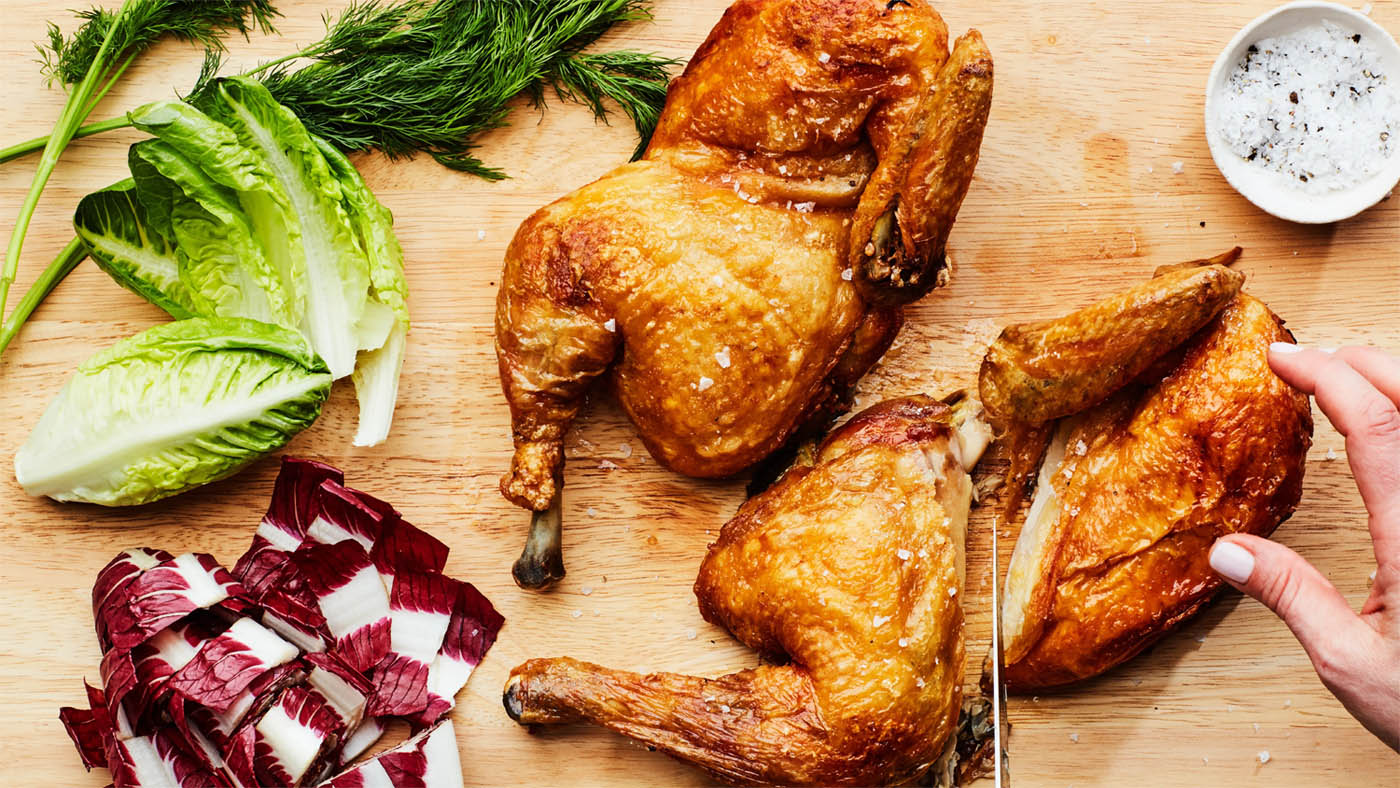
Experiencing sticky tanghulu can dampen the enjoyment of this crisp, candied fruit treat. The stickiness usually arises from not achieving the correct syrup consistency or environmental factors affecting the candy. This article will guide you through various reasons your tanghulu might be sticky and offer practical solutions to ensure your tanghulu remains perfectly crisp.
Understanding the Science Behind Tanghulu
At its core, tanghulu consists of a hard candy shell formed by boiling sugar, water, and sometimes vinegar or honey, until it reaches the hard crack stage of candy making. This stage occurs at temperatures between 295°F to 310°F (146°C to 154°C). Achieving this precise temperature is crucial because it determines whether the sugar syrup will solidify into a hard, glass-like shell or remain tacky and soft.
1. Inaccurate Temperature
- Problem: Not heating the syrup to the hard crack stage.
- Solution: Use a candy thermometer to monitor the syrup’s temperature precisely. Make sure it reaches at least 295°F. Avoid guessing when the syrup is ready; precision is key.
2. High Humidity
- Problem: Moisture in the air can soften the hard candy coating.
- Solution: Create tanghulu on dry days or in an air-conditioned environment where you can control moisture levels. Storing tanghulu in an airtight container can also protect it from humidity.
3. Cooling Issues
- Problem: Rapid cooling or uneven temperatures while setting.
- Solution: Set the coated fruits in a cool, dry place away from direct sunlight or drafts. This ensures a uniform hardening process.
Ingredients Impacting Stickiness
4. Type of Sugar
- Problem: Using the wrong type of sugar or impure sugar.
- Solution: Always use pure, granulated white sugar. Brown sugar or unrefined sugars contain molasses, which affects the moisture and can lead to a sticky finish.
5. Water Content
- Problem: Excess water in the syrup.
- Solution: Follow the recipe’s water to sugar ratio meticulously. Too much water can prevent the syrup from reaching the necessary hardness.
Environmental and Handling Factors
6. Improper Storage
- Problem: Storing tanghulu in warm or moist places.
- Solution: Keep tanghulu in a cool, dry place, ideally in an airtight container. Avoid refrigeration as the condensation can make the candy sticky.
7. Prolonged Exposure to Air
- Problem: Leaving tanghulu out in open air for too long.
- Solution: Serve tanghulu soon after making it, or keep it covered until serving. This minimizes exposure to air which can absorb moisture.
Perfecting Your Technique
8. Consistent Coating
- Problem: Uneven application of the syrup.
- Solution: Ensure each piece of fruit is evenly coated with a thin layer of syrup. Overcoating can lead to drips and uneven setting, which becomes tacky.
9. Rapid Dipping and Setting
- Problem: Slow dipping or setting process.
- Solution: Work quickly once the syrup reaches the hard crack stage. Slow processes allow the temperature to drop, which may prevent proper setting.
10. Clean Equipment
- Problem: Residue or impurities in the cooking equipment.
- Solution: Use impeccably clean pots, thermometers, and dipping sticks. Even small impurities can affect the sugar’s crystallization and texture.
Conclusion
Achieving the perfect, non-sticky tanghulu involves precise temperature control, proper ingredient use, and considering environmental factors. By understanding the science of candy making and practicing meticulous technique, you can enjoy this delightful treat just as intended—crisp, glossy, and deliciously fruity.
Was this page helpful?
Read Next: Why Your Tanghulu Isn’t Hardening











